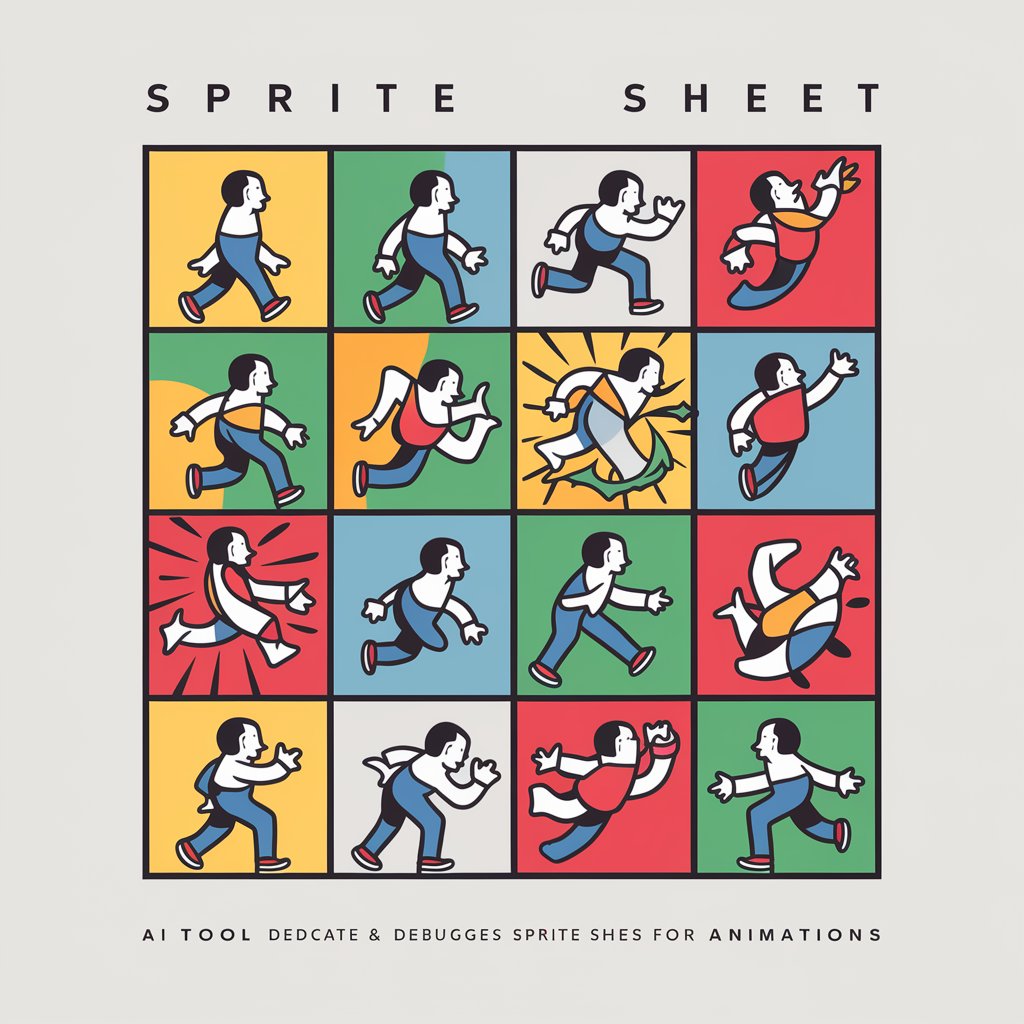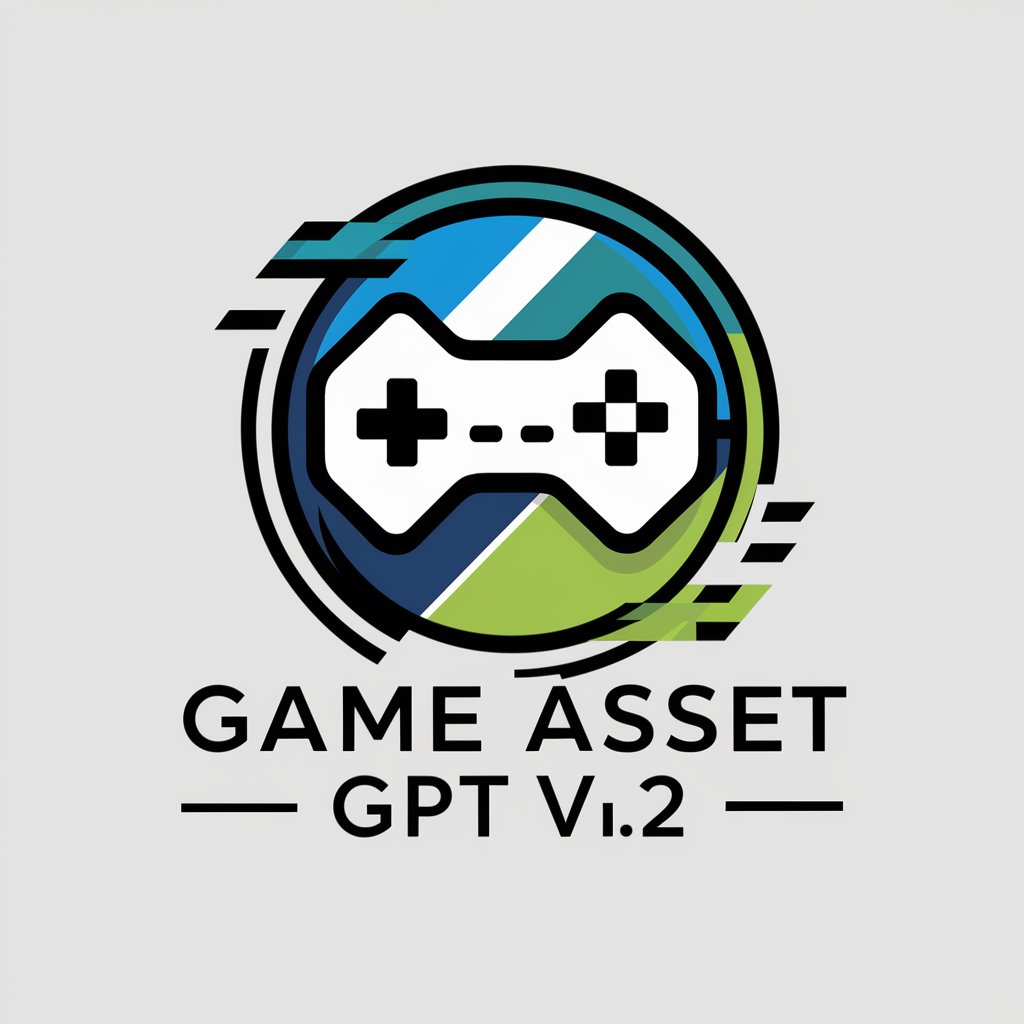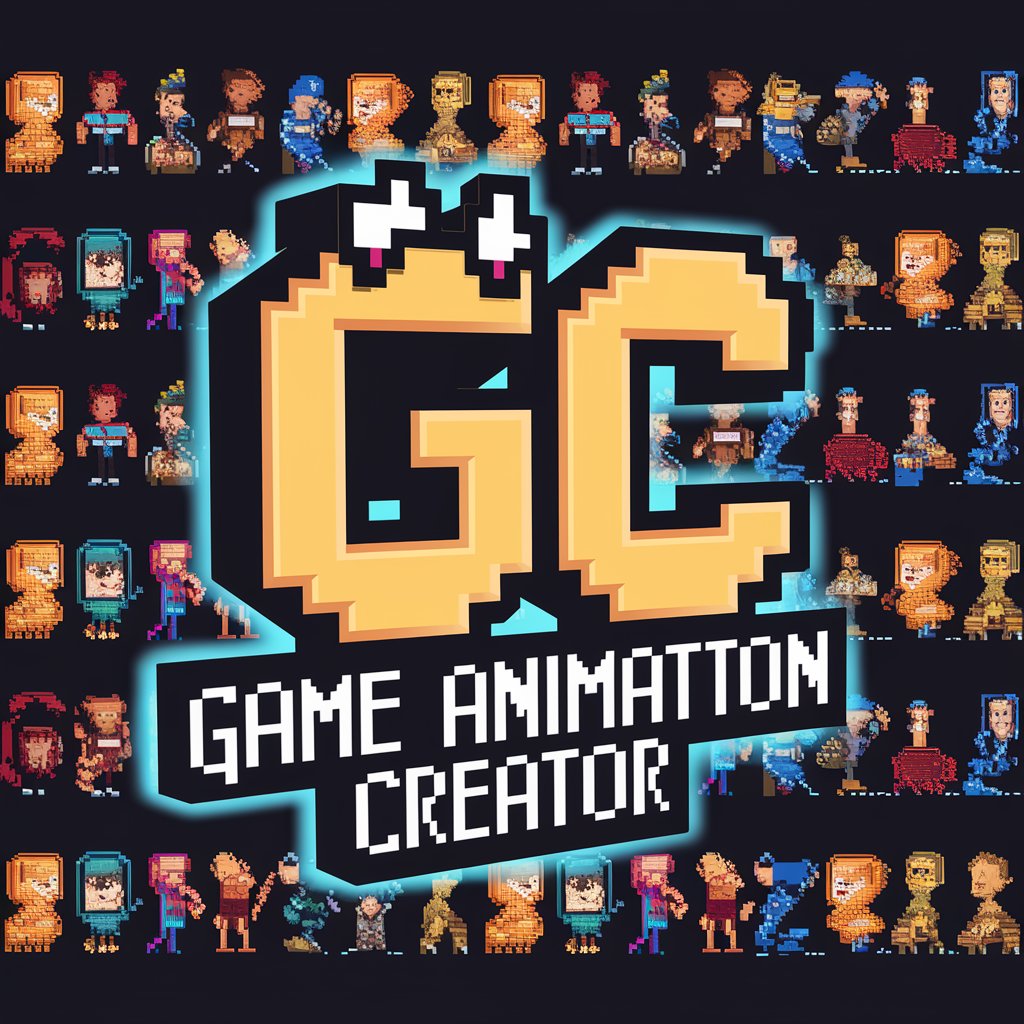7 GPTs for Interactive Media Design Powered by AI for Free of 2025
AI GPTs for Interactive Media Design refer to advanced generative pre-trained transformer models specifically tailored for the interactive media design domain. These AI tools leverage deep learning algorithms to understand and generate content, offering innovative solutions for creating, modifying, and enhancing interactive media projects. By understanding context and user intentions, GPTs significantly contribute to the development, storytelling, and user experience design, making them indispensable in the interactive media landscape.
Top 6 GPTs for Interactive Media Design are: Gif-PT,Game Asset GPT v1.2,3D Icon Maker,Game Animation Creator,MJ Web/DTP Designer,Pika Video and Animation Guide
Gif-PT
Animating Art with AI Precision

Game Asset GPT v1.2
Craft Your Game World with AI

3D Icon Maker
Crafting Unique 3D Icons, AI-Driven

Game Animation Creator
Animate Your Game, Power Your Imagination

MJ Web/DTP Designer
Design Smarter, Not Harder with AI

Pika Video and Animation Guide
Unleash Creativity with AI-Powered Videos

Distinctive Attributes and Functions
AI GPTs for Interactive Media Design excel in several core areas. They adapt to various complexity levels, from generating basic design elements to crafting intricate user interaction scenarios. Key features include natural language processing for content creation, technical support for debugging design issues, web searching for inspiration or data gathering, image generation for visual design tasks, and data analysis for user engagement insights. These capabilities allow for seamless integration of textual and visual content, enhancing the creative process in interactive media design.
Who Benefits from Interactive Media Design GPTs
The primary users of AI GPTs in Interactive Media Design include novices seeking to learn about interactive design, developers looking for efficient tools to streamline their workflow, and professionals aiming for advanced customization in their projects. These tools are designed to be accessible to those without programming skills, offering intuitive interfaces, while also providing extensive customization options for users with technical expertise, making them versatile for a wide range of applications.
Try Our other AI GPTs tools for Free
Custom GIF Generation
Explore AI GPTs for Custom GIF Generation - a blend of AI sophistication and creative flair, perfect for crafting personalized, engaging GIFs for digital content. No coding required!
Startup Strategy Formulation
Discover AI GPTs for Startup Strategy Formulation: Your AI-driven assistant for insightful, data-backed startup strategies. Tailored, user-friendly, and adaptable to your business needs.
Entrepreneurial Mentorship
Discover AI GPTs for Entrepreneurial Mentorship: your advanced assistant in business planning, market analysis, and innovative decision-making. Tailored for both novices and experts in entrepreneurship.
Idea Validation and Feedback
Discover how AI GPTs revolutionize idea validation and feedback, offering adaptable, user-friendly tools for innovative solutions and strategic decision-making.
Business Model Innovation
Explore AI GPTs for Business Model Innovation - a cutting-edge toolset transforming traditional business frameworks into dynamic, AI-driven strategies for a competitive edge.
Novel Refinement
Revolutionize your novel-writing process with AI GPTs for Novel Refinement – your AI-assisted pathway to crafting compelling and stylistically consistent narratives.
Enhanced Customization and Integration
AI GPTs function as highly adaptable solutions across various sectors within interactive media design, offering user-friendly interfaces and the potential for integration with existing digital ecosystems. This adaptability not only fosters innovation but also ensures that designers can maintain a seamless workflow, thereby optimizing both the creative and technical aspects of interactive media projects.
Frequently Asked Questions
What are AI GPTs for Interactive Media Design?
AI GPTs for Interactive Media Design are AI models trained to assist with various aspects of interactive media projects, including design, development, and content generation.
How do these tools enhance the interactive media design process?
By automating content creation, offering design suggestions, and providing technical support, these tools streamline the design process, enhance creativity, and improve project efficiency.
Can novices in design use these AI tools effectively?
Yes, these tools are designed with user-friendly interfaces that novices can use to learn about interactive media design and start creating projects.
What types of projects can be developed with these GPTs?
Projects ranging from websites and mobile apps to more complex interactive installations can be developed using these GPTs.
Do these AI tools require programming skills?
No, they are accessible to individuals without programming skills but also offer advanced features for those with programming knowledge.
How do these GPTs integrate with existing design tools?
Many GPTs offer APIs and plug-ins that allow for easy integration with popular design and development environments.
Are there customization options for experienced designers?
Yes, experienced designers can utilize advanced features and APIs to tailor the AI's functionality to specific project needs.
What is the potential impact of using AI GPTs in Interactive Media Design?
These tools can significantly enhance the creative process, reduce development time, and open up new possibilities for interactive storytelling and user engagement.